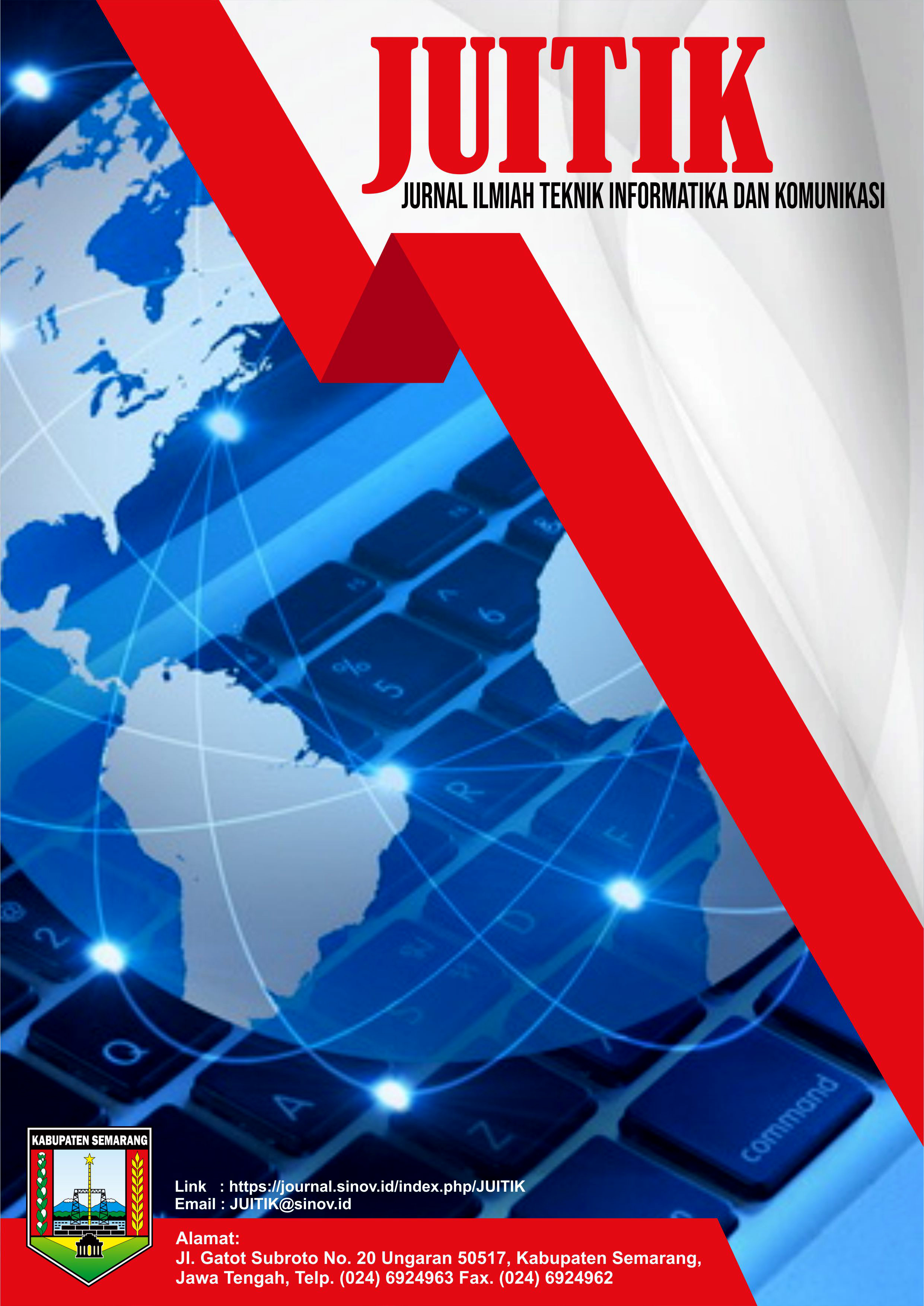Flexing sebagai Strategi Representasi Diri di Media Sosial: Studi Fenomenologis pada Mahasiswa Ilmu Komunikasi Universitas Malikussaleh
DOI:
https://doi.org/10.55606/juitik.v5i1.1189Keywords:
Digital Identity, Flexing, Phenomenology, Social MediaAbstract
The phenomenon of flexing on social media is increasingly developing as a form of self-image, especially among students. Flexing is a behavior that displays certain achievements, wealth, or lifestyles with the aim of gaining social validation. This study aims to explore the subjective meaning of the flexing phenomenon on social media and its impact on the digital identity and social relations of Communication Science students at Malikussaleh University. Using a qualitative approach and phenomenological method, this study serves the experiences and meanings of students purposively from Communication Science students of the 2022 intake who actively use social media. The data collection technique was carried out through in-depth interviews, which were then analyzed thematically. The results of the study showed that students interpreted flexing as part of personal branding but also as a form of social pressure. Flexing can increase self-confidence and motivation, but also cause anxiety and feelings of insecurity due to social comparison. In the context of social interaction, flexing has ambivalent impacts, such as expanding social networks but can also create social distance. This study emphasizes the importance of digital literacy and reflective awareness in using social media in a healthy way.
References
Arikunto, S. (2019). Prosedur penelitian: Suatu pendekatan praktik (Edisi Revisi). Jakarta: Rineka Cipta.
Chairunnisak, S. (2025, Maret 22). Fenomena flexing: Antara eksistensi dan tekanan sosial. Kompasiana. https://www.kompasiana.com
Defianti, R. (2022). Pengaruh flexing di media sosial terhadap citra diri dan tekanan sosial mahasiswa. Jurnal Ilmu Komunikasi, 10(2), 112–126.
Goffman, E. (1959). The presentation of self in everyday life. New York: Doubleday.
Kurnawati, N. S. (2023). Dampak media sosial terhadap perbandingan sosial mahasiswa: Studi kasus pada fenomena flexing. Jurnal Psikologi Sosial, 15(1), 45–56.
Leary, M. R., & Baumeister, R. F. (2000). The nature and function of self-esteem: Sociometer theory. In M. P. Zanna (Ed.), Advances in experimental social psychology (Vol. 32, pp. 1–62). Academic Press.
Mirzoeff, N. (1999). An introduction to visual culture. London: Routledge.
Montoya, P., & Vandehey, T. (2002). The brand called you: Make your business stand out in a crowded marketplace. New York: McGraw-Hill.
Rahmawati, A., & Suryadi, T. (2021). Self-branding di era digital: Studi tentang flexing sebagai strategi komunikasi di media sosial. Jurnal Komunikasi Digital, 8(3), 210–225.
Rani, P. S. (2024). Fenomena flexing di kalangan mahasiswa (Skripsi, Universitas Andalas).
Santoso, B. (2020). Peran media sosial dalam membentuk identitas dan citra diri generasi milenial. Jurnal Media dan Budaya, 7(2), 87–102.
Setiawan, H. (2022). Flexing di media sosial: Motivasi, dampak, dan strategi personal branding. Jakarta: Pustaka Digital.
Sugiyono. (2021). Metode penelitian kuantitatif, kualitatif, dan R&D. Bandung: Alfabeta.
Downloads
Published
How to Cite
Issue
Section
License
Copyright (c) 2025 Jurnal Ilmiah Teknik Informatika dan Komunikasi

This work is licensed under a Creative Commons Attribution-ShareAlike 4.0 International License.










